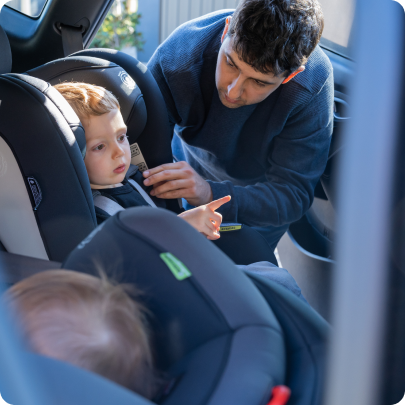AS/NZS 1754

Overview
Title: AS/NZS 1754 Child restraint systems for use in motor vehicles
Current version: 2024
The objective of AS/NZS 1754 is to provide minimum design, construction and performance requirements for child restraint systems in order to provide a high level of protection for children travelling in motor vehicles.
MACA was represented on the Standards Australia Child Restraint Committee and participated in the most recent review of this standard. This included participating in the working group to develop a new section to allow for variations to Australian standard car seats, to cater for the needs of children with disabilities and medical conditions.

About the standard
In Australia there is widespread consumer confidence with Australian Standard car seats, with AS/NZS 1754 first published in 1973. It was the first standard to introduce side impact testing, this is why we see big side wings on Australian standard car seats.
In an historical development, the latest version (AS/NZS 1754:2024) includes a new section to allow manufacturers to develop variations for child restraints for children with disabilities and medical conditions (see below).

Inclusion of children with disabilities
There are several variations provided for in the revised AS/NZS 1754:2024, including variations to the child restraint system to prevent:
- the child from releasing the child restraint buckle
- the child restraint harness being slackened
- the child restraint built-in harness shoulder straps being taken off the child’s shoulders
- the sash belt being pulled out of the seatbelt retractor when a child is using a booster seat
- the lap belt from being slackened when a child is using a booster seat
- the seatbelt buckle from being released when a child is using a booster seat.
There are also variations provided for the addition of:
- torso strap(s) to provide postural support
- a vest for postural support
- a footrest to provide postural support
- a removable support for a child with respiratory conditions.

Other changes in AS/NZS 1754:2024
In addition to the new section to cover variations to child restraints for specific disabilities, there are several other changes in this standard, including:












